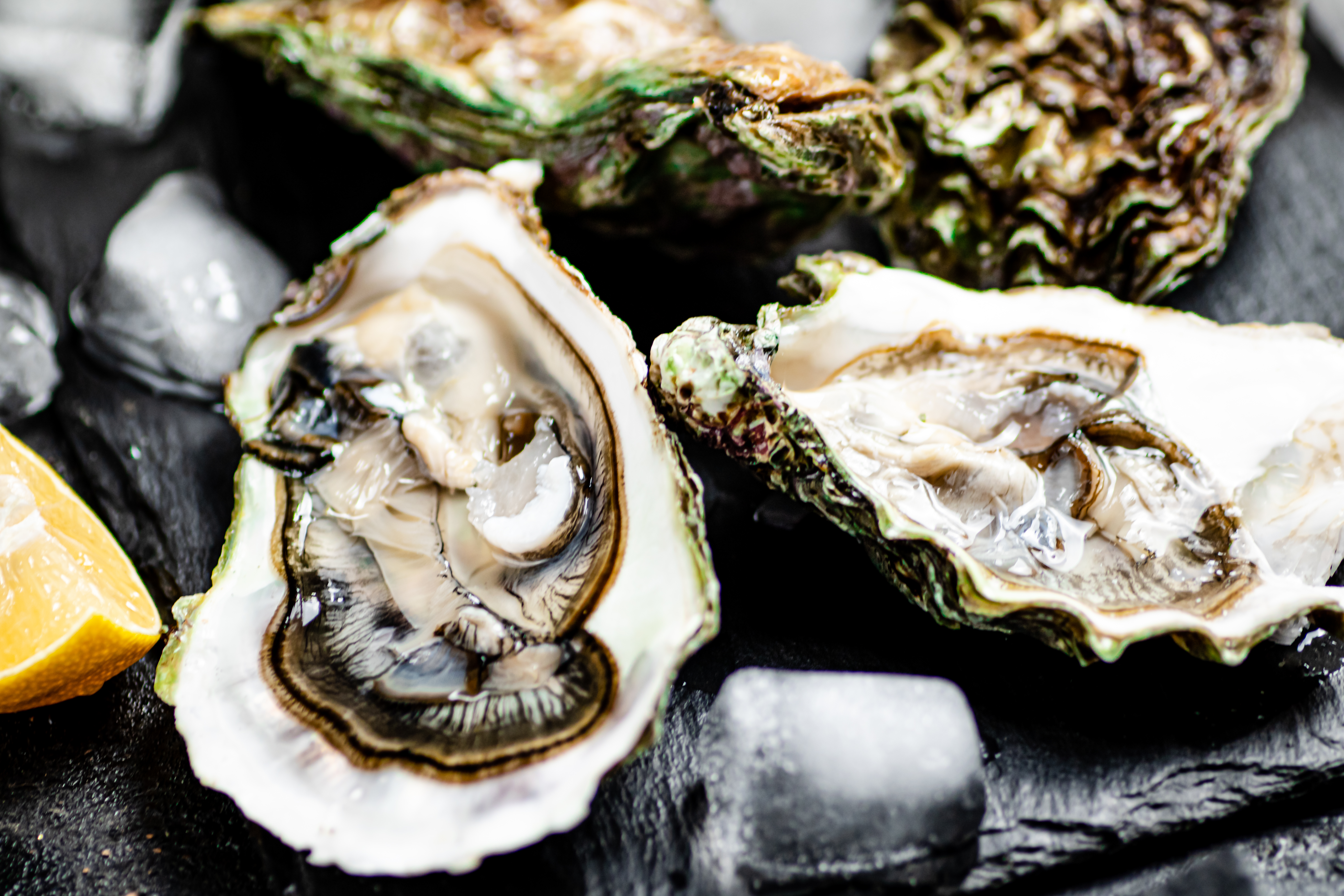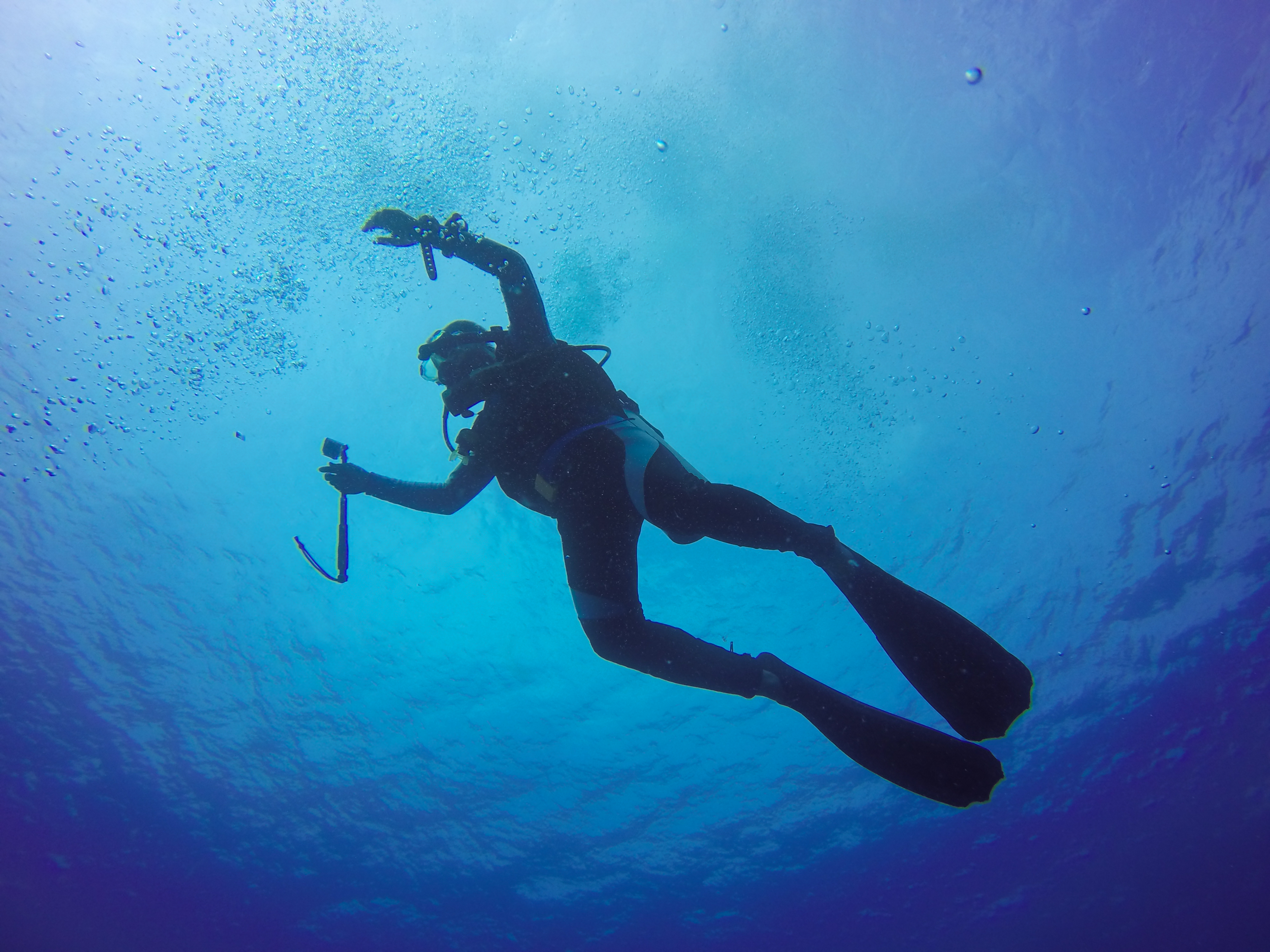11 Hidden Germs Lurking in Summer Waters You Should Be Aware Of
3. Vibrio: The Salty Water Menace

Vibrio bacteria are naturally found in warm, salty waters, making them a common threat in coastal regions during the summer months. These bacteria can cause vibriosis, an illness that ranges from mild gastrointestinal symptoms to severe wound infections and even life-threatening conditions like septicemia. Vibrio infections often occur when individuals consume raw or undercooked seafood or when open wounds come into contact with contaminated water. To protect against Vibrio, people should avoid eating raw shellfish, especially oysters, and ensure any cuts or abrasions are covered when swimming in saltwater. Public health initiatives also play a vital role in educating communities about the risks associated with Vibrio.
4. Naegleria fowleri: The Brain-Eating Amoeba

Naegleria fowleri, often dubbed the "brain-eating amoeba," is a rare but deadly pathogen found in warm freshwater environments, such as lakes and hot springs. This amoeba enters the human body through the nose, typically during activities like diving or water skiing, and travels to the brain, causing primary amebic meningoencephalitis (PAM). PAM is almost always fatal, with symptoms resembling bacterial meningitis, including headache, fever, and neck stiffness. To minimize the risk of Naegleria infection, swimmers should avoid submerging their heads in warm freshwater and use nose clips when engaging in water activities. Public awareness and prompt medical intervention are crucial in managing this threat.
